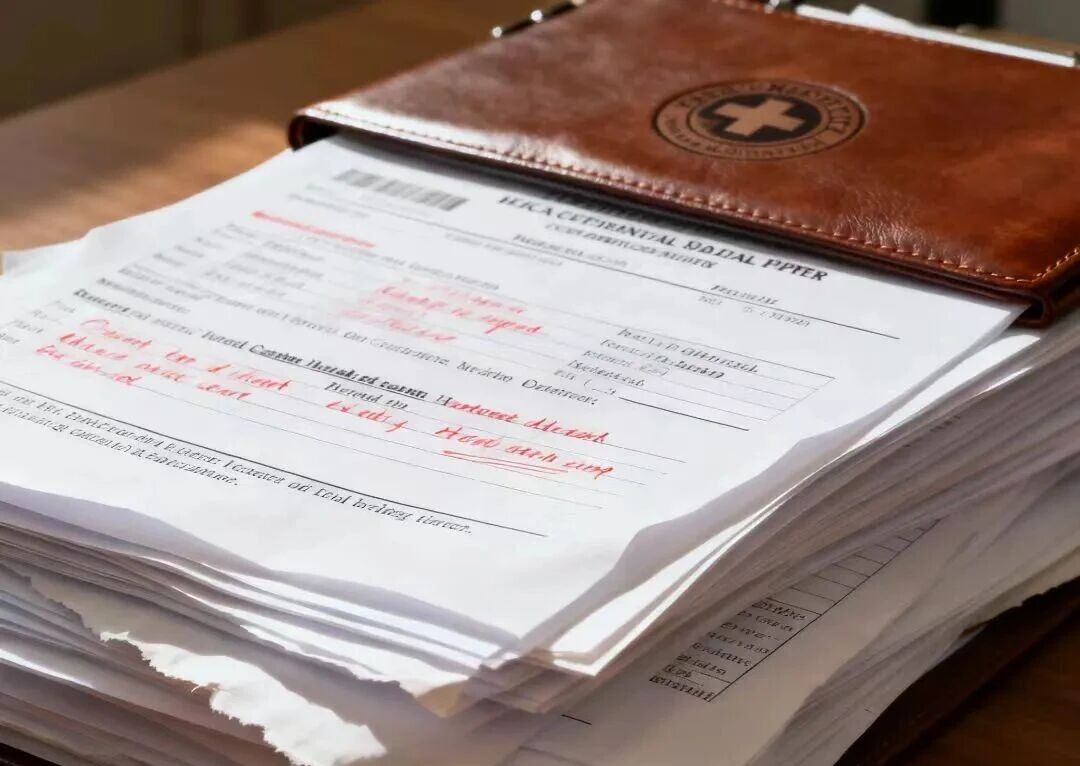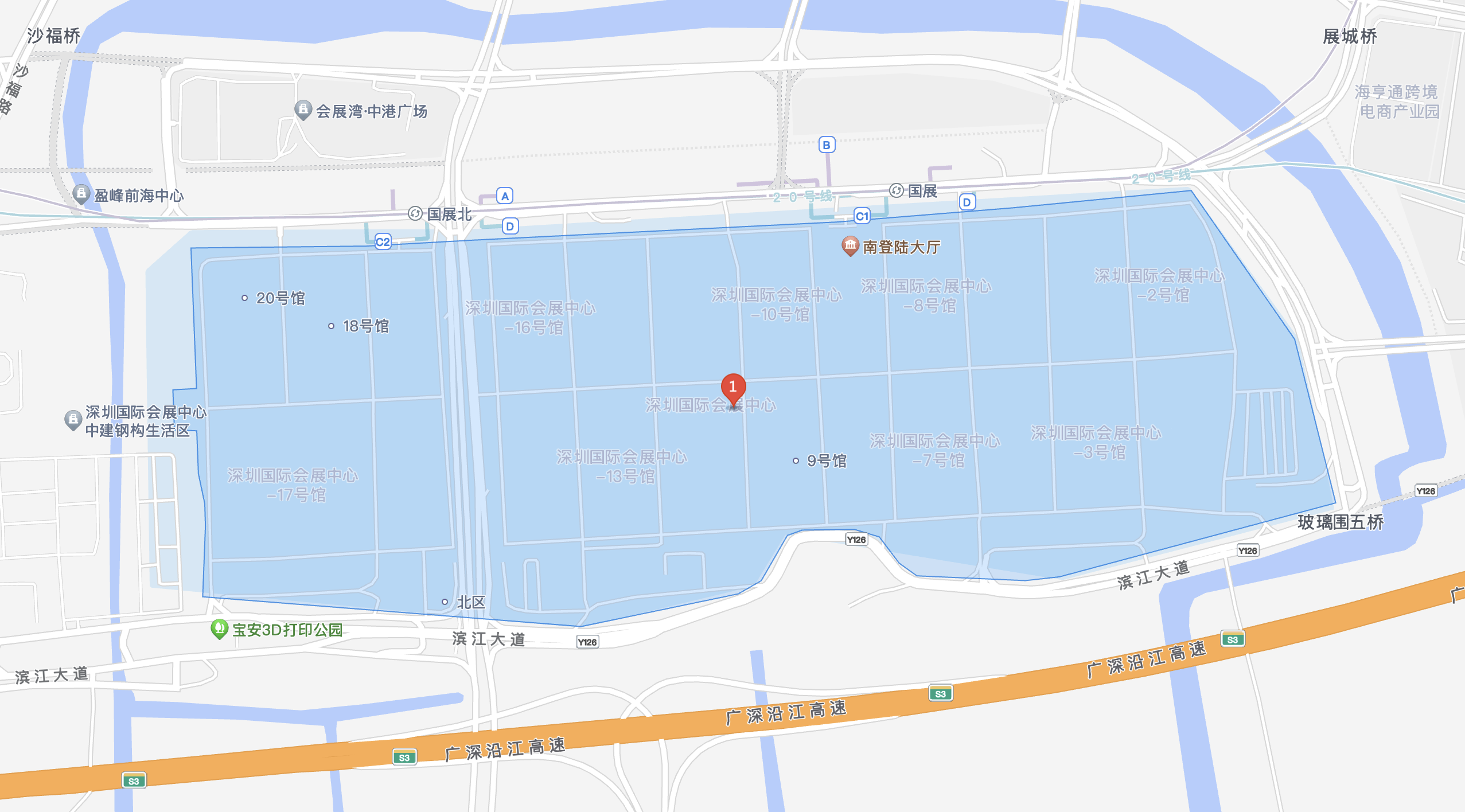Peking University People's Hospital recently released the "Tender Documents for the Real-Time Digital Processing of Paper Inpatient Medical Records for Discharged Patients," officially launching the project to digitize and streamline the management of discharged patients' paper inpatient medical records. The application of RFID tags to each inpatient medical record is a key component of the project, marking the hospital's transformation of medical record management toward "digitalization + intelligent tracking." According to the tender documents, the price ceiling for RFID tags must not exceed 2.50 yuan per piece, the price for paper medical record digitization services must not exceed 0.20 yuan per page, the price for RFID barcode application services must not exceed 0.6 yuan per copy, and the price for medical record binding services must not exceed 2.40 yuan per volume. All bids for these four services must fall within the price ceilings; otherwise, the bid will be deemed invalid.
Ultimately, Beijing Henghe Tongda Information Technology Co., Ltd. was awarded the bid, with bids of ¥2.43 per RFID barcode, ¥0.50 per copy for RFID barcode application services, ¥0.18 per page for paper medical record digitization services, and ¥2.37 per volume for medical record binding services.
Difficulties in Inpatient Medical Record Management
As the core medical document that records a patient's diagnosis and treatment, inpatient medical records have long faced multiple challenges in their traditional management model. These pain points have become a key motivation for Peking University People's Hospital to promote the use of RFID tags.
First, the uncontrollable nature of medical record circulation is a primary challenge. Under the traditional model, discharged patients' paper medical records must undergo multiple stages, including sorting by ward nurses, collection by the medical records office, manual registration, archiving, storage, and retrieval and borrowing. Each stage relies on manual handover and paper registration. This model is not only inefficient but also prone to record loss, misalignment, and page damage. For example, if a nurse fails to verify the number of records during handover, some records may be missed. If the medical records office manually misplaces the records during archiving, subsequent retrieval requires repeated searching through numerous filing cabinets, severely impacting the efficiency of clinical diagnosis and treatment, research and teaching, or patient photocopying requests.
Second, there are shortcomings in the quality and standardization of medical record management. The lack of unified standards for organizing, scanning, and data entry in paper medical records can easily lead to inconsistent quality. For example, some medical records may be scanned unclearly due to wrinkled paper or blurred handwriting. Typos in indexing keywords (such as medical record number, patient name, and discharge date) can cause subsequent data integration failures and incompatibility with existing hospital systems. Furthermore, traditional medical record binding practices lack unified standards, and some thicker records tend to become loose when stapled, compromising long-term preservation.
Furthermore, the pressure to secure and preserve medical records is significant. On the one hand, paper medical records require dedicated storage space, and as hospital patient volume increases, the volume of medical records accumulates year by year, creating an increasingly significant storage space shortage. Furthermore, paper is susceptible to environmental influences, and problems such as moisture, fading, and insect infestation can damage medical record information, compromising its legal validity and usability. Furthermore, traditional manual management systems lack complete records of medical record retrieval and return, making it difficult to trace responsibility in the event of information leaks (such as the illegal access of patient privacy).
Advantages of RFID-Based Inpatient Medical Record Management
Compared to traditional methods, RFID technology, through automatic identification, real-time tracking, secure encryption, and visual management, enables more efficient, secure, controllable, refined, and cost-optimized inpatient medical record circulation. This not only improves the efficiency and quality of hospital medical record management but also indirectly ensures the continuity and safety of patient care. It is a key supporting technology for digital medical record management in the development of smart hospitals. Specifically, its advantages can be categorized into the following four areas:
1. Improving Medical Record Circulation Efficiency and Reducing Medical Time Loss
Inpatient medical records frequently circulate across multiple departments. Traditional manual search and registration methods are inefficient. RFID technology, with its contactless automatic identification capabilities, can significantly shorten the "search-retrieve-return" cycle for medical records. Using handheld or fixed read/write devices, medical staff can locate the target medical record within seconds, enabling rapid inventory checks and increasing efficiency 10-20 times compared to manual work. Furthermore, when medical records are retrieved or returned, the system automatically identifies the tag and updates the status. Cross-departmental transfers also record the milestones in real time, eliminating the need for manual registration or phone confirmation. This effectively reduces medical staff's non-diagnostic time and prevents delays in diagnosis and treatment caused by difficulties locating medical records.

II. Strengthening Medical Record Security Management to Reduce the Risk of Loss and Tampering
As a patient's core medical record, the security of inpatient medical records is paramount. RFID technology, by attaching a unique identification tag to each medical record, creates a secure closed-loop tracking system. If a medical record is taken out of the designated area without registration or is misplaced, the system will trigger an audible and visual alarm to prevent loss or misuse. Every record access and return operation is automatically recorded by the system, creating a complete log that facilitates accountability and clearly defines who is responsible. Tag data is encrypted and stored, allowing only authorized personnel to read it. The tag itself cannot be copied, effectively preventing unauthorized tampering and forgery, ensuring the integrity, confidentiality, and traceability of medical records.
III. Optimizing the Full Lifecycle Management of Medical Records and Improving Refined Management
RFID technology is driving the shift from passive management to proactive monitoring of inpatient medical record management, enabling refined management of the entire lifecycle of medical records: "generation - circulation - archiving - long-term preservation." Through the management system, hospitals can view the status and distribution of all inpatient medical records in real time, including the number of records on the shelf, borrowed but not returned, awaiting archiving, damaged and awaiting repair, etc., promptly identifying backlogs and proactively urging their circulation. During archiving, the system automatically verifies information to ensure completeness. Subsequent borrowing and retrieval require applications to be submitted through the system and the purpose of the request to be recorded, strictly adhering to regulations. For the large number of medical records stored long-term in the medical records room, RFID technology can complete an inventory of tens of thousands of records within a few hours, quickly locating the location of retrieval, and significantly improving medical record management efficiency.
IV, Reduce Long-Term Management Costs and Resource Waste
Although RFID technology requires initial investment in tags, reader/writer equipment, and system development, it offers significant long-term cost savings. Traditionally, the loss rate of inpatient medical records is approximately 1%-3%, resulting in high re-entry costs and impacting medical quality. RFID's loss prevention and alarm function can reduce this rate to below 0.1%, reducing re-entry costs and the risk of disputes. Traditional medical record management requires dedicated personnel for tasks such as registration and inventory, requiring multiple staff members in the medical records office of a large hospital. RFID automated management can reduce manual operations by over 50%, freeing up manpower for core medical services. Furthermore, RFID tags are durable and independent of visibility, allowing them to remain with medical records for extended periods of time. This avoids management confusion caused by barcode failure due to wear and tear, and reduces resource waste.
This paper is from Ulink Media, Shenzhen, China, the organizer of IOTE EXPO (IoT Expo in China)


















